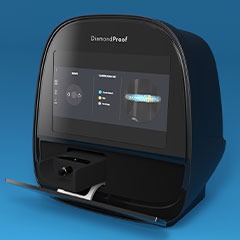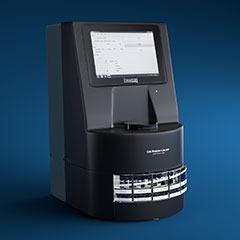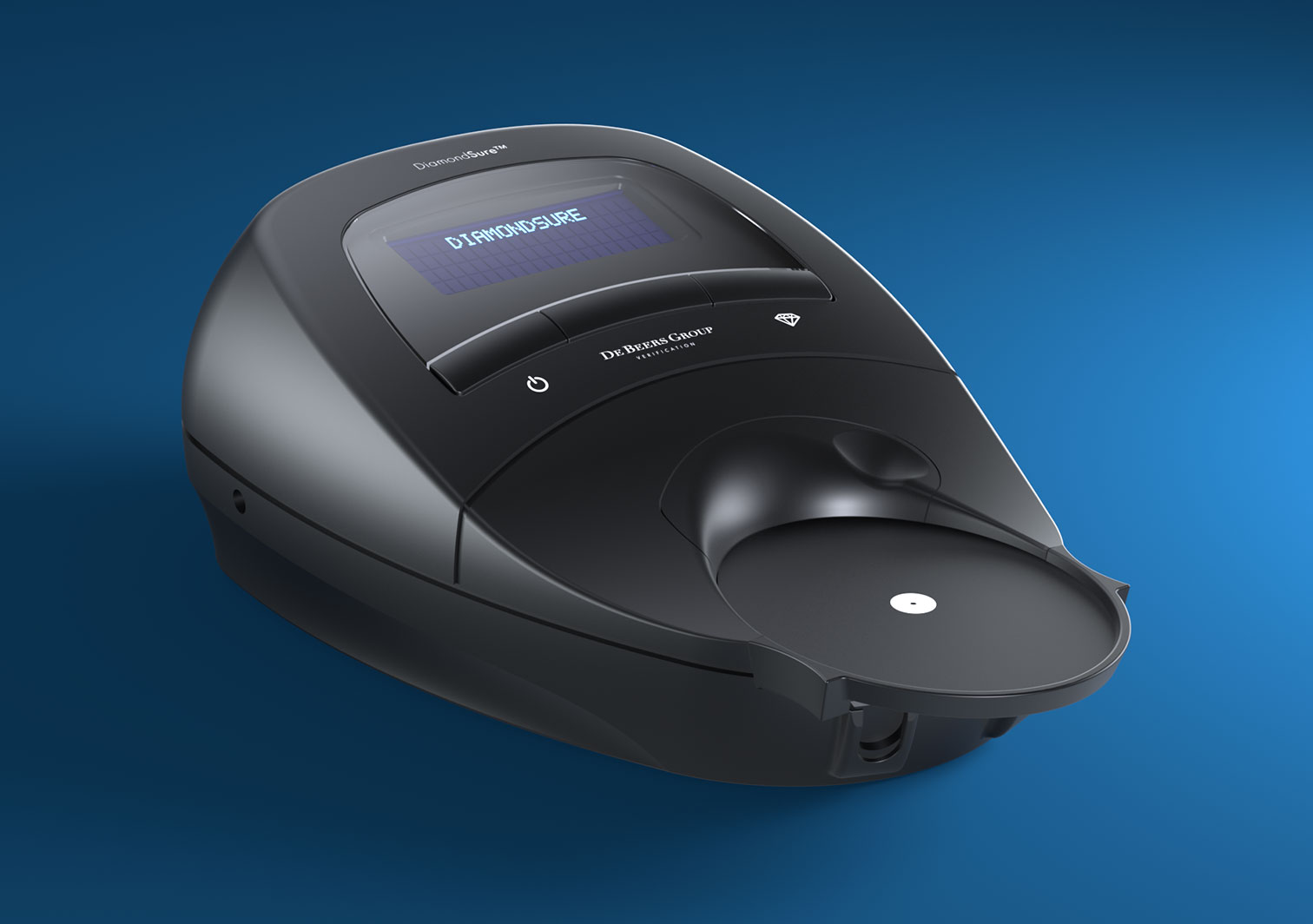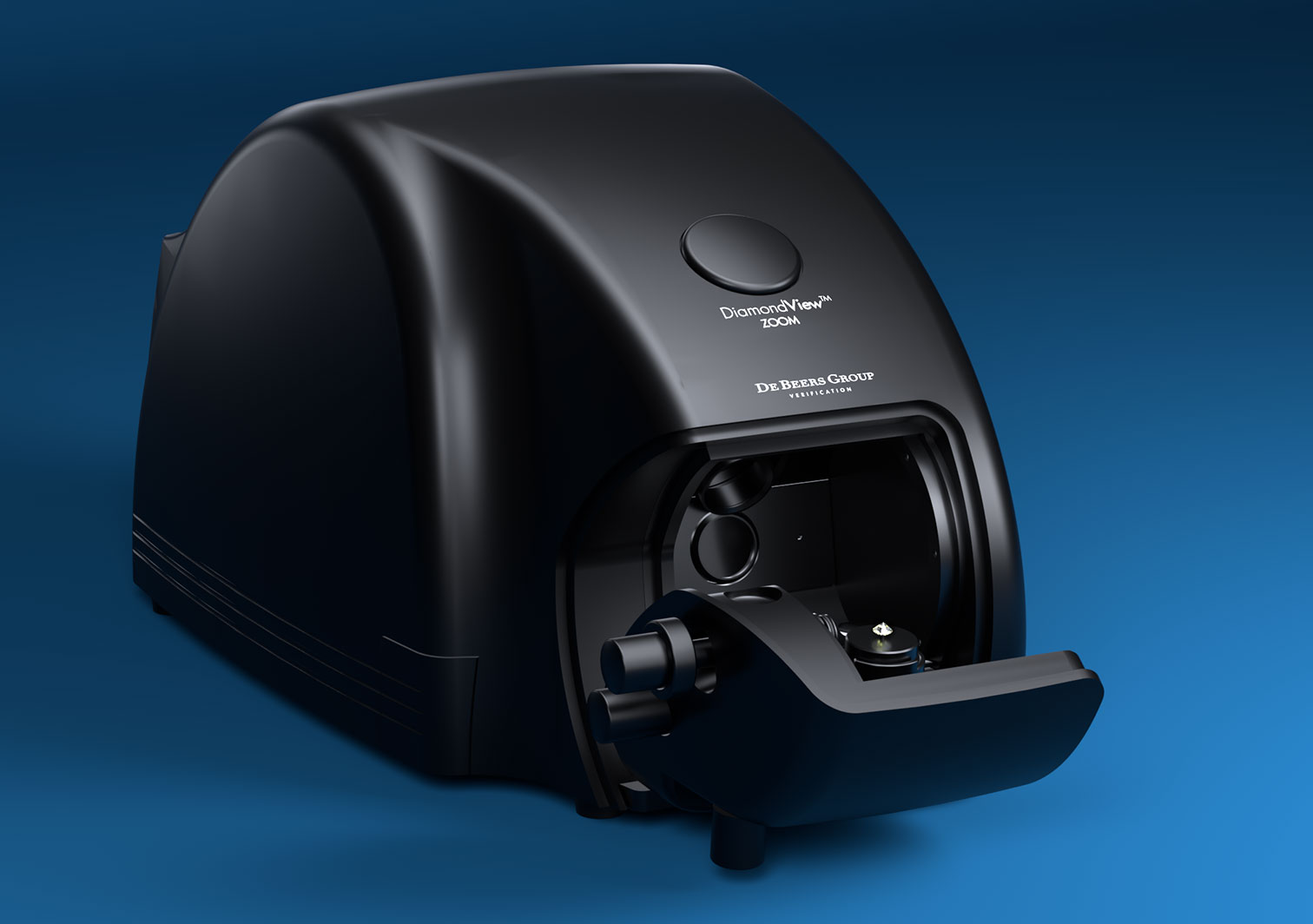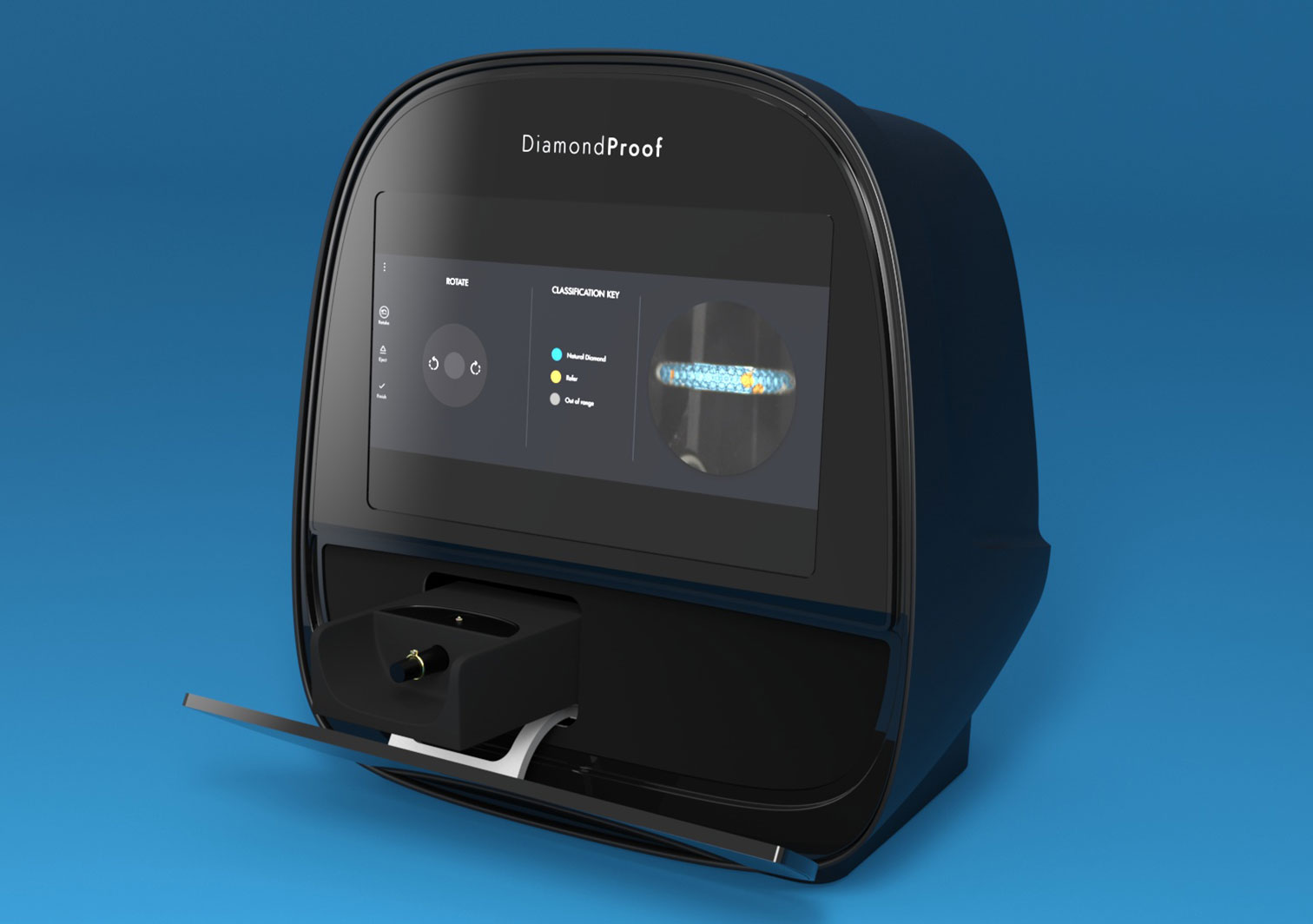Previous slide
Next slide
Application
- Used to screen jewellery pieces to verify that they are natural diamonds
- Can screen loose diamonds to verify that they are natural diamonds
- Ideal instrument for a retail or jewellery manufacturer environment
- The XL base can be used to look at larger jewellery pieces that can be laid out on the base plate
- The XL base is also suitable for large parcels of loose diamonds
- Use as part of an overall diamond verification process
Benefits
- Easy to use, very little training required
- Low referral rates (~0.25%) therefore fewer natural diamonds that need further testing
- All laboratory-grown stones are referred for further testing
- Various accessories for different jewellery pieces
- Instant image on the screen where you can then view multiple diamonds in a single piece of jewellery
- Automated result with a single click on the stone to be verified
- Can be used as part of a screening process with AMS2 (pre and post stone setting)
- NDC Assure Tested SYNTHdetect – Natural Diamonds
- 0% natural diamond false positives
- Can use the A4-sized (210 x 297mm) baseplate in the XL to screen larger jewellery pieces
- The XL platform can hold up to 85 rings
Features and Specifications
- Colour range: colourless/near colourless D-J (lower colours may result in higher referral rates)
- All cuts can be tested
- All sizes (that are manageable to handle)
- Various viewing modes include white light illumination, fluorescence, phosphorescence
- Controls to focus and rotate the test piece so all diamonds are viewed
- Field iris for isolating and viewing single diamonds in a jewellery piece
- SD (standard) dimensions: 310mm (w) x 340mm (d) x 458mm (h)
- SDXL dimensions: 558mm (w) x 685mm (d) x169mm (h) (just base) or 492mm (h) (with upper module fitted)
- SDXL base has XYZ Axis adjustable stage
- 1-year parts and service warranty
- User training can be specified on request
Learn more about the SynthDetect and its capabilities
Have a question? You may find an answer in our FAQs.
But you can also contact us by filling the form below.
Learn more about the SynthDetect and its capabilities
Have a question? You may find an answer in our FAQs.
But you can also contact us by filling the form below.
More Products
Support
Our team of specialised technicians ensure a high standard of product support. Give us a few details and we’ll offer the best solution.
Support for Diamond Verification Instruments
FAQs
Have a question about the SynthDetect? You may find your answer below.
There are a small number of natural diamonds that give luminescence characteristics that overlap with those from laboratory-grown diamonds. Any ‘refers’ would need further testing.
SynthDetect will classify non-diamond as ‘Refer’. Further tests are required to confirm a stone’s identity in this case.
This will result in an increased referral rate (i.e. more natural diamonds will show ‘refer’). SynthDetect is failsafe and will not pass a laboratory-grown diamond even if it is outside of the colour range specifications (D-J).
A powered USB hub can be safely used with the instrument. A non-powered hub can cause the instrument not to function correctly and in extreme cases can cause damage.
A4 size, 210mm × 297mm.
The FOV is 17 x 17mm. This limitation is due to the illumination light source. Using the Y adjustment on the unit, this extends to a scanning area of 55 x 17mm.
No, at present pieces requiring rotation must still use the standard SynthDetect lower module.
This is an operator-based task requiring the removal of only four screws. Without the fixing, it is possible that the connection between the two modules will be compromised, resulting in the illumination not performing.
